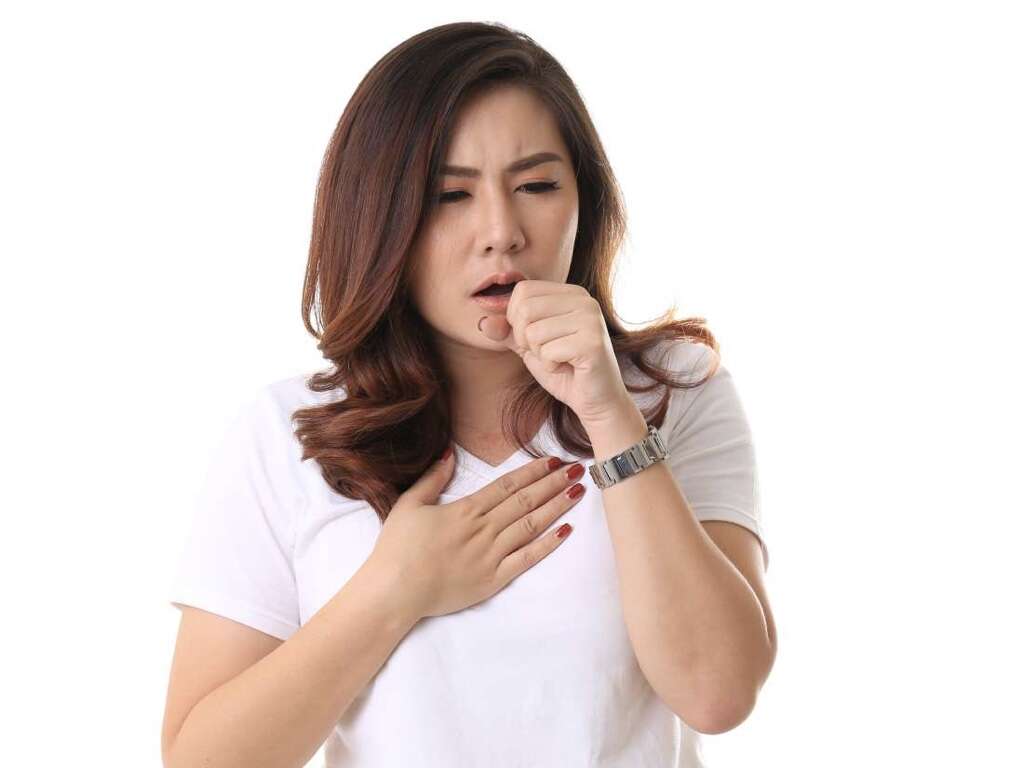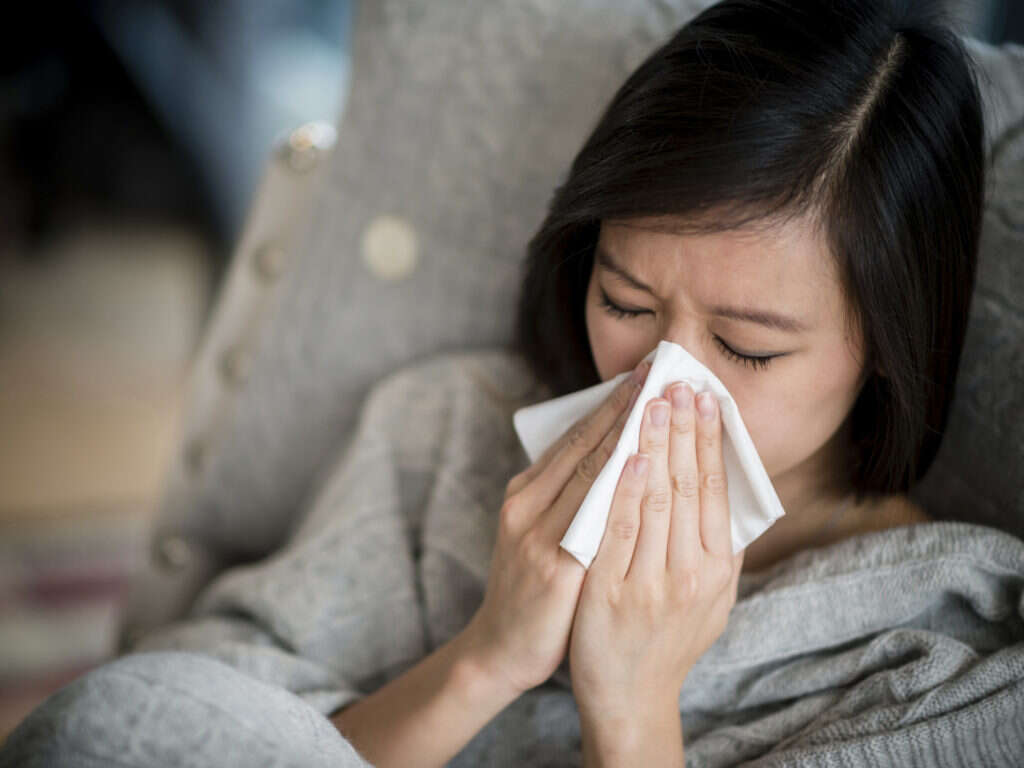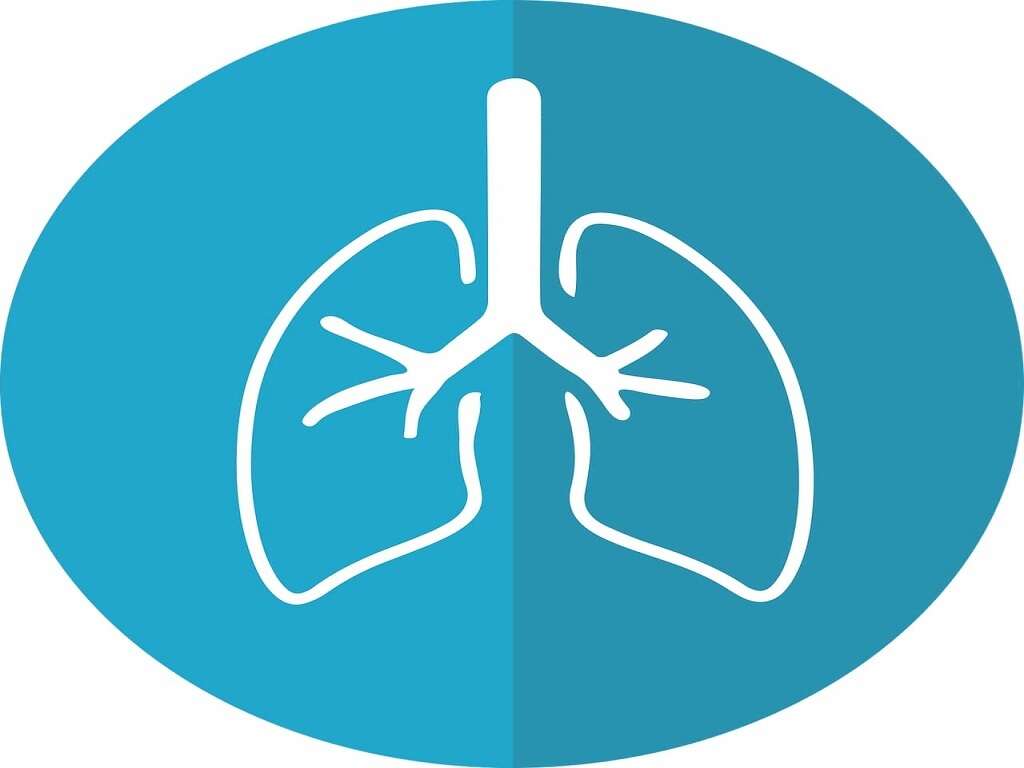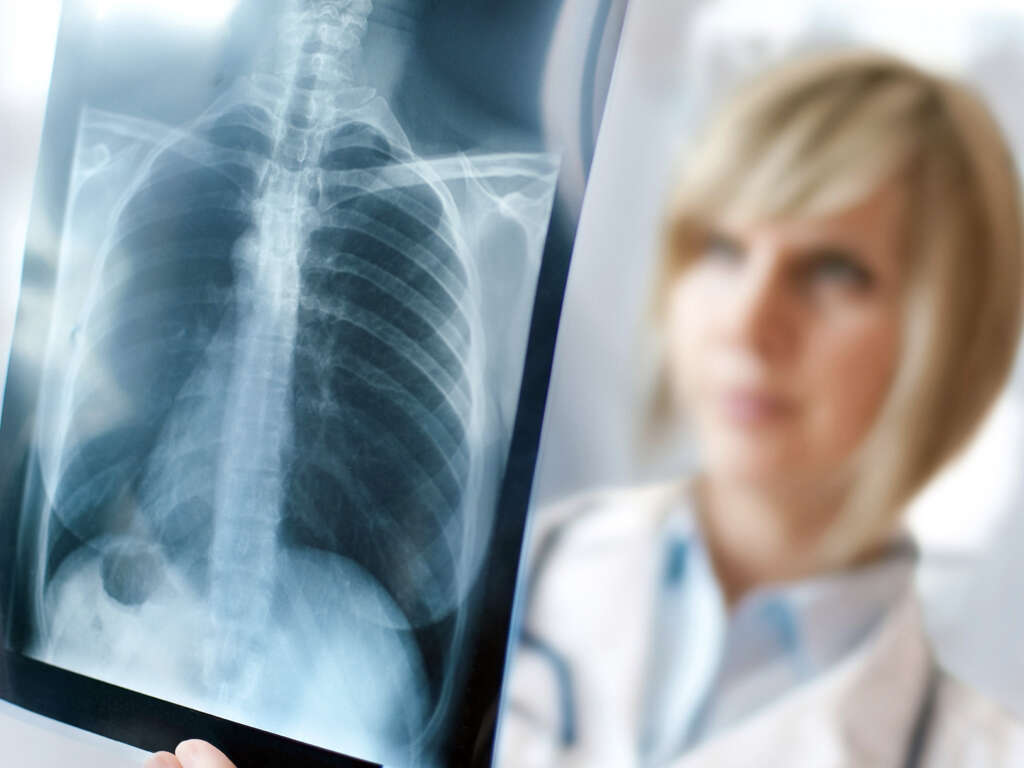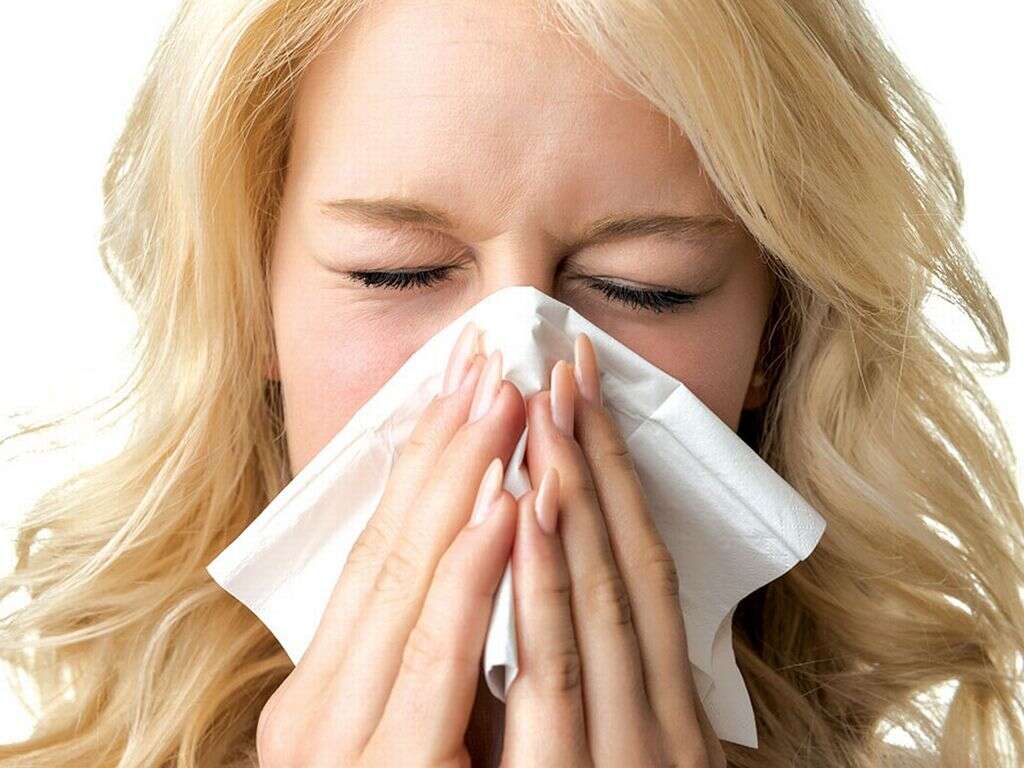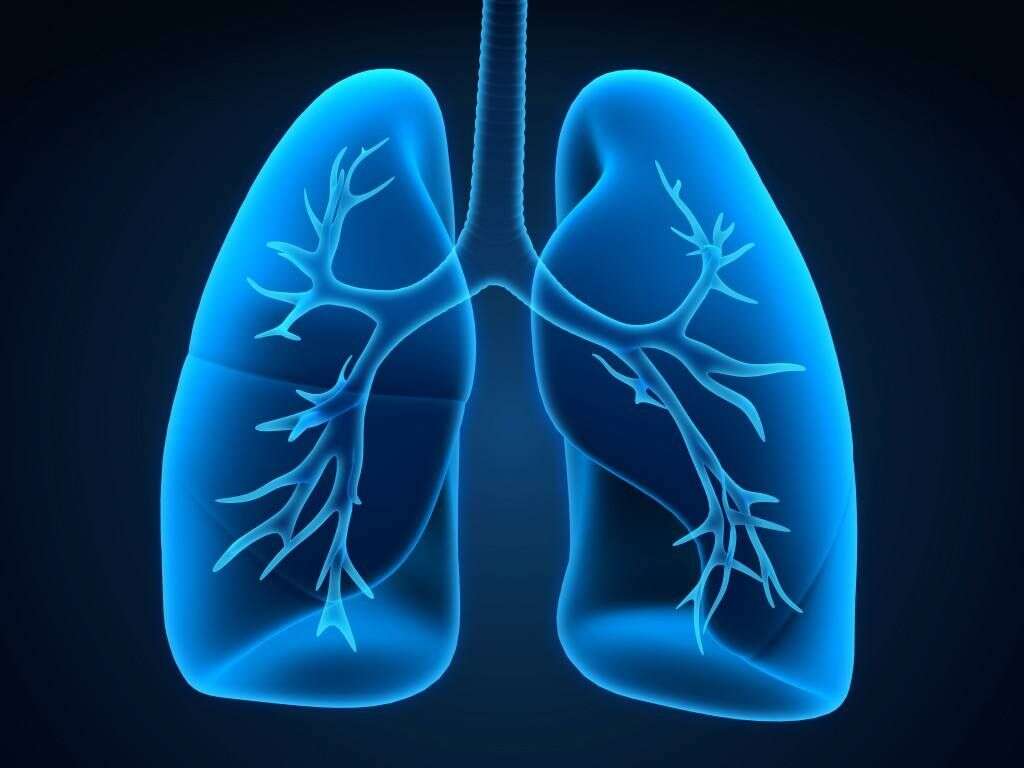10 Symptoms of Walking Pneumonia
Walking pneumonia is the common non-medical name for atypical pneumonia. It comes from the fact that usually, atypical pneumonia symptoms are milder and therefore, patients are able to carry on with their day to day tasks. The atypical component also makes reference to the different kind of pathogens known to cause this disease.
Even though, symptoms are milder, and often can be confused with other pathologies, you shouldn’t treat this disease lightly.
The following symptoms will help you recognize this disease and if you think you might have walking pneumonia, you should seek medical attention for further evaluation and diagnosis.

Symptom #1: Sore Throat
One of the basic symptoms that generally accompanies patients suffering from walking pneumonia is a sore throat. Sore throats, which are characteristic of many respiratory infections as well as common colds and flus, can be irritating, painful and itchy.
Sore throats rarely appear on their own. They are generally accompanied by a host of other symptoms such as coughing and wheezing. These accompanying symptoms are often similar to those displayed by people suffering from other respiratory illnesses. This can make it hard to diagnose someone with walking pneumonia.

Symptom #2: Chest pain
In some cases, walking pneumonia can cause chest pain. This is most often caused by the effort made during coughing.
Coughing is a normal defense mechanism, used by your body to try to get rid-off pathogens or other substances in the airway. But in patients with walking pneumonia, coughing can become quite annoying and painful.

Symptom #3: Cough
Walking pneumonia can produce a persistent cough that’s usually non-productive (dry cough) at first. If left untreated, this symptom may worsen and phlegm can appear.
The persistent pattern of the cough is something to look out for, but you should know that many other conditions like allergies can give a similar pattern of dry and persistent cough too.

Symptom #4: Headaches
Another common symptom seen in people with atypical pneumonia is headaches. They can range from mild to severe in their intensity, and they can cause different types of pains.
People developing walking pneumonia will generally experience headaches within the first couple weeks of being exposed to the condition, but in some cases, the pathogen can remain dormant for up to a month.
Once the headaches start, they will generally continue to get worse for a couple days before getting better.

Symptom #5: Low-grade fever
Fever is a common symptom associated with walking pneumonia. It is described as an elevation in your body temperature which occurs as a result of an immune response mediated to fight infectious diseases.
Even though this symptom is quite common in patients with atypical pneumonia, it is important to know that it has a low specificity towards medical diagnosis, meaning that, lots of other pathologies can cause fever. The fever seen in patients with this disease is milder than the one seen in patients with typical pneumonia.
If you have a fever, associated with other respiratory symptoms and you think you might have a walking pneumonia, you should seek medical attention before using over-the-counter (OTC) medications to treat yourself.

Symptom #6: Difficulty Breathing
As is common among all other respiratory illnesses, patients with walking pneumonia often have a hard time breathing. Depending on the severity of your cough, it can become quite hard to draw in a full breath.
Inflammation and a heightened production of mucus can make it hard to draw air into your pulmonary system. It can take quite a bit more effort to supply yourself with a healthy amount of oxygen when you’re suffering from pneumonia.
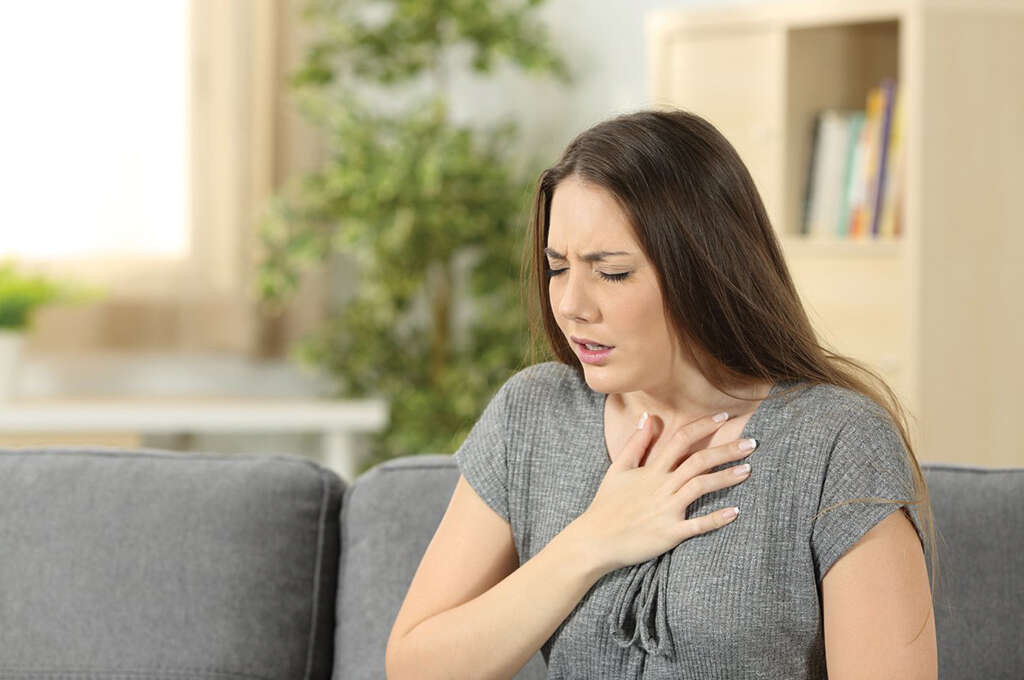
Symptom #7: Flu-like Symptoms
In the beginning of the illness, many people will confuse walking pneumonia with the flu because some of the symptoms are quite similar. As we have mentioned, walking pneumonia can cause a sore throat, a cough, and chills – all things that occur quite often in people who have the flu.
However, these symptoms are not identical. The cough is generally dry, whereas a cough caused by the flu will often produce some sort of mucus. The chills do not always indicate a fever, though this is sometimes the case.

Symptom #8: Fatigue
Fatigue is a very common symptom associated with respiratory diseases. Most patients will feel tired but the symptom is not severe enough to cause significant disruption in their daily routine.
Many other diseases can cause a patient to be tired, so you shouldn’t take this symptom as an isolated marker for walking pneumonia.

Symptom #9: Wheezing
Wheezing is a symptom that commonly occurs among people suffering from respiratory illnesses such as pneumonia. Wheezing occurs most often during the exhale but in some cases can occur on the inhale.
The inflammation of your bronchial airways as well as the excessive production of mucus can interfere with your inhale and exhale. The sound that this obstruction makes is the result of wheezing.
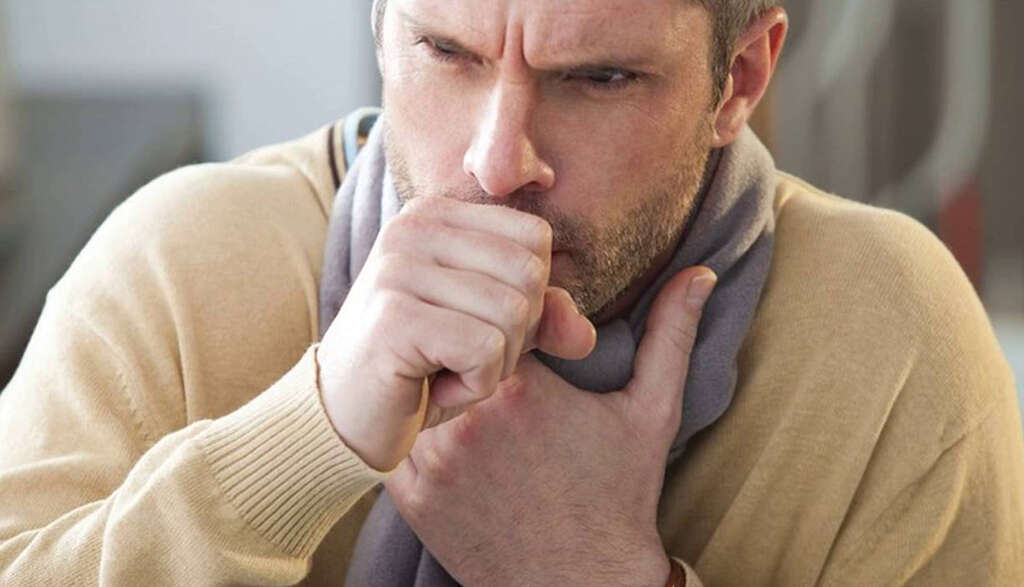
Symptom #10: Decreased Appetite
Another thing that is known to occur in people suffering from walking pneumonia is a loss of appetite.
That said, you will still need energy for your immune system to function. You should try to eat a healthy and nutritious diet to maintain your immune system working properly.




